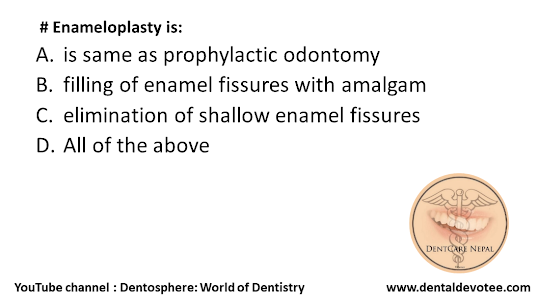Dental management of Medically compromised patient _ Asthma
Dental Management of Asthmatic Patient
Asthma is a respiratory disease that causes reversible airway obstruction and a reduced ability to expire or completely empty the lungs of gases. Inflammation is a component of the disease process and results in increased mucous secretions in the lungs and swelling in the bronchioles.
Clinical Manifestations include:
1. Cough
2. Shortness of breath
3. Chest tightness
4. Wheezing.
5. Increased heart rate
6. Nervousness
7. Sweating
The most common form, called extrinsic asthma, develops as a result of allergy to environmental pollutants. It generally occurs during childhood and may or may not extend into adult years.
A second type of asthma is intrinsic asthma, or infectious asthma, is A non-allergic form of asthma usually first occurring later in life that tends to be chronic and persistent rather than episodic , most often seen in patients older than age 35. Unlike the extrinsic asthma patient, this patient may exhibit a chronic cough with sputum production between attacks. Intrinsic asthma usually occurs as a result of some type of bronchial infection.
Oral Complications associated with asthma medications include dry mouth, candidiasis, and an increased dental caries rate.
TREATMENT (Dental Management of Asthmatic Patient)
1. Stop all dental treatment. Be sure to remove all materials and instruments from the patient’s mouth.
2. Position the patient. Raise the patient upright; since the patient will be struggling for air, it will be easier for the patient to breathe if seated upright.
3. Use a bronchodilator. The patient’s bronchodilator should be placed within easy reach in case an attack occurs. If an attack does take place, allow the patient to administer the bronchodilator; patients know what their usual dose involves . The bronchodilator is an aerosol medication that usually includes epinephrine, which relaxes the bronchioles and makes it easier for the patient to breathe.
4. Administer oxygen.
5. Administer epinephrine or another drug intravenously it may be necessary, if the bronchodilator does not relieve the attack.



